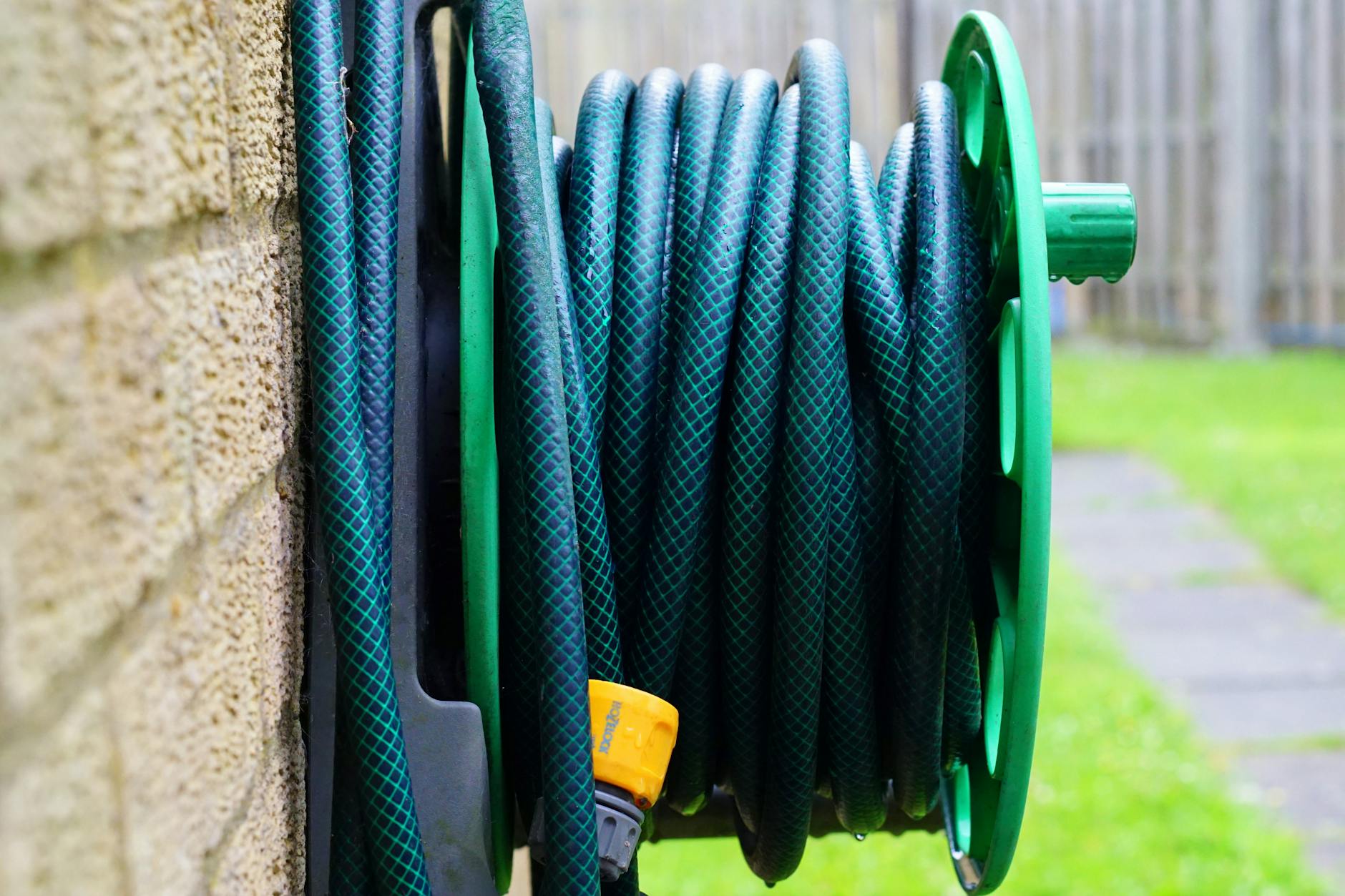In today’s environmentally conscious world where water conservation is a growing concern, the use of artificial grass is becoming increasingly popular among homeowners looking to reduce water consumption and lower utility costs. Artificial grass, also known as synthetic turf, offers a plethora of benefits that go beyond just saving water. Let’s delve into the various advantages of opting for artificial grass and why it is a must-have for those looking to create a sustainable and cost-effective outdoor space.
The Rise of Artificial Grass: A Sustainable Solution
Artificial grass has evolved significantly over the years, with advancements in technology making it almost indistinguishable from natural grass. The lush green appearance and soft texture of today’s artificial turf make it a highly attractive alternative to traditional lawns. One of the primary reasons why artificial grass is gaining popularity is its water-saving benefits. In regions prone to drought or water restrictions, artificial grass offers a sustainable solution that allows homeowners to maintain a lush, green lawn without the need for excessive watering.
Water Conservation: A Key Benefit
Water conservation is a crucial consideration for many homeowners, especially in areas where water scarcity is a pressing issue. Natural grass lawns require a significant amount of water to stay healthy and vibrant, particularly during hot, dry months. In contrast, artificial grass requires minimal watering, if any, contributing to substantial water savings over time. By installing artificial grass, homeowners can significantly reduce their water usage, leading to lower water bills and a more environmentally friendly landscape.
Cost-Effective Solution for Lower Utility Bills
In addition to water savings, artificial grass offers a cost-effective solution for lowering utility bills. Traditional lawn maintenance can be expensive, with costs associated with watering, fertilizing, mowing, and pest control adding up quickly. By switching to artificial grass, homeowners can eliminate many of these ongoing expenses, saving money in the long run. With minimal maintenance required, artificial grass proves to be a wise investment that pays off through reduced utility costs and increased savings.
Low Maintenance and Longevity
Artificial grass is renowned for its low maintenance requirements, making it an attractive option for those looking to simplify their lawn care routine. Unlike natural grass that needs regular mowing, watering, and weeding, artificial grass only requires occasional brushing and cleaning to keep it looking pristine. Furthermore, synthetic turf is highly durable and long-lasting, maintaining its vibrant appearance for years to come with minimal upkeep. This longevity adds to the overall cost-effectiveness of artificial grass, as it eliminates the need for frequent replacements or renovations.
Eco-Friendly Choice with Health Benefits
Beyond water savings and cost efficiency, artificial grass is also an eco-friendly choice that offers various health benefits. Unlike traditional lawns that require chemical pesticides and fertilizers to maintain their appearance, artificial grass is free from toxic substances that can harm the environment and pose risks to human health. By switching to artificial grass, homeowners can create a safe and sustainable outdoor environment for their families and pets, promoting overall well-being and peace of mind.
Conclusion
In conclusion, artificial grass is a must-have for homeowners seeking to lower utility costs, conserve water, and create a sustainable outdoor space. With its water-saving benefits, cost-effectiveness, low maintenance requirements, and eco-friendly attributes, artificial grass stands out as a practical and environmentally conscious alternative to traditional lawns. By making the switch to artificial turf, homeowners can enjoy a lush, green landscape that not only enhances the aesthetic appeal of their property but also contributes to a greener, more sustainable future for all.


